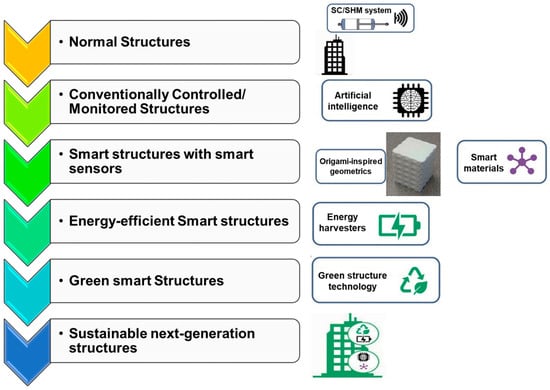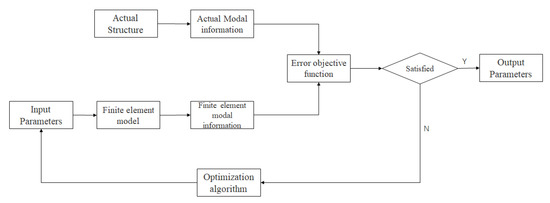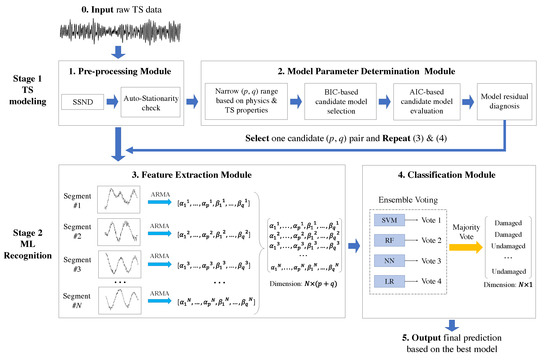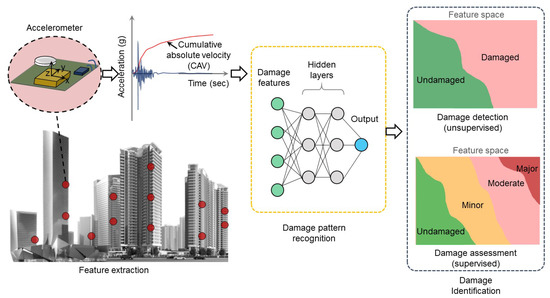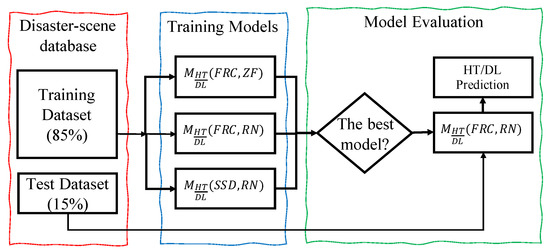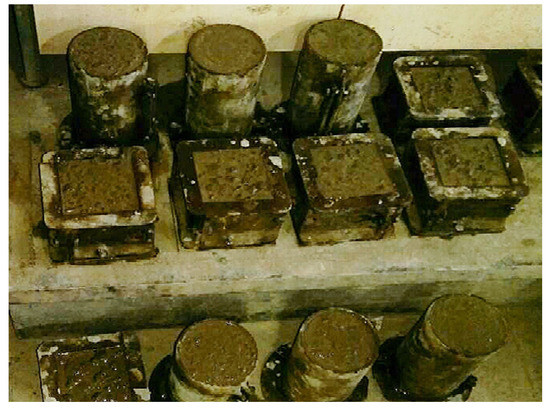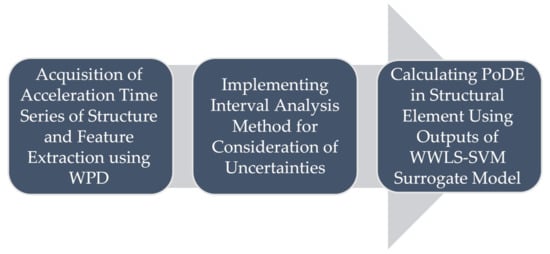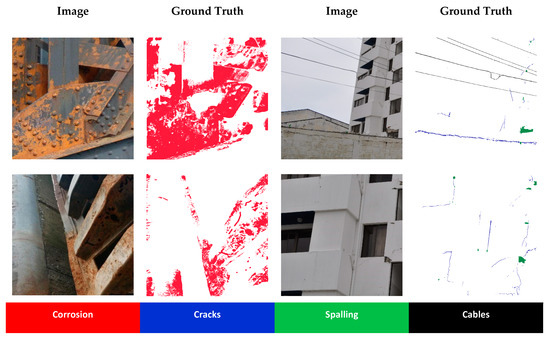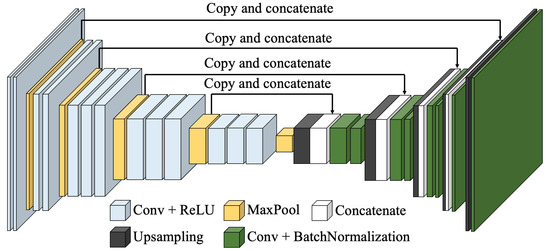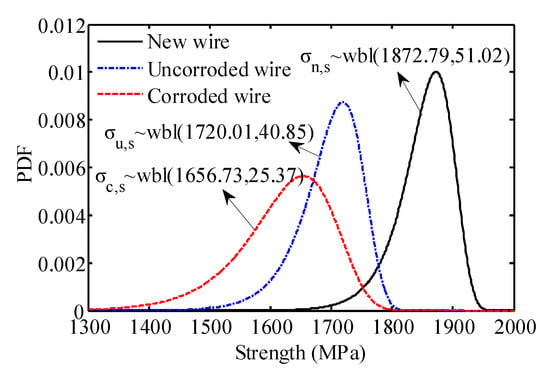Artificial-Intelligence-Based Methods for Structural Health Monitoring
A topical collection in Applied Sciences (ISSN 2076-3417). This collection belongs to the section "Mechanical Engineering".
Viewed by 54702Editor
2. School of Civil Engineering, University of Leeds, Leeds LS2 9JT, UK
Interests: AI-based methods for structural health monitoring and dynamic response; random vibrations; hysteretic systems; seismic isolation; reliability and resilience
Special Issues, Collections and Topics in MDPI journals
Topical Collection Information
Dear Colleagues,
The area of intelligent and resilient infrastructure and smart cities is a rapidly emerging field that is redefining the future of urban development, and how to preserve the existing infrastructure against natural hazards. Sensing, and especially networked sensing and monitoring, has been an integral part of a growing field. Analysis and interpretation of a large volume of data collected by the sensor network, or digital images, and extraction of critical information that can determine the state of health, reliability, and safety and life cycle assessment of these infrastructures, including feature extraction, require the development of advanced and more realistic computational models and analysis tools that can predict the behavior of these systems under complex and even hazardous loading environments and identify potential sources of damage and deterioration in real time.
Over the past several years, a series of artificial-intelligence-based methodologies, including machine learning methods, have been proposed for model updating, diagnostics, data interpretation, and feature extraction for the heath monitoring of infrastructure systems. This rapidly emerging field of research has demonstrated superiority for system identification, feature extraction, damage identification, and even direct response prediction of dynamical systems and has shown promises for a wide range of practical applications.
This Special Issue aims to underscore the importance of development and introduction of AI-based methodologies for structural health monitoring of infrastructure systems and the analysis and feature extraction from sensor data. Potential topics include but are not limited to the following areas and utilization of AI-based methods for structural health monitoring:
- Artificial neural networks;
- Deep learning neural networks;
- System identification;
- Surrogate models;
- Big data in infrastructure systems
- Optimization;
- Probabilistic methods for SHM combined with AI methods;
- Various machine learning tools;
- Dynamic response prediction via AI methodologies;
- Feature extraction schemes.
Prof. Mohammad Noori
Guest Editor
Manuscript Submission Information
Manuscripts should be submitted online at www.mdpi.com by registering and logging in to this website. Once you are registered, click here to go to the submission form. Manuscripts can be submitted until the deadline. All submissions that pass pre-check are peer-reviewed. Accepted papers will be published continuously in the journal (as soon as accepted) and will be listed together on the collection website. Research articles, review articles as well as short communications are invited. For planned papers, a title and short abstract (about 100 words) can be sent to the Editorial Office for announcement on this website.
Submitted manuscripts should not have been published previously, nor be under consideration for publication elsewhere (except conference proceedings papers). All manuscripts are thoroughly refereed through a single-blind peer-review process. A guide for authors and other relevant information for submission of manuscripts is available on the Instructions for Authors page. Applied Sciences is an international peer-reviewed open access semimonthly journal published by MDPI.
Please visit the Instructions for Authors page before submitting a manuscript. The Article Processing Charge (APC) for publication in this open access journal is 2400 CHF (Swiss Francs). Submitted papers should be well formatted and use good English. Authors may use MDPI's English editing service prior to publication or during author revisions.
Keywords
- Structural health monitoring
- Deep learning
- Artificial Intelligence
- Data analytics
- Damage detection
- System identification
- Feature extraction
- Machine learning
- Sensor network
- Intelligent infrastructure systems






